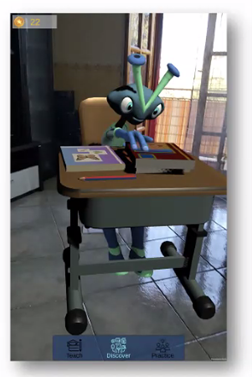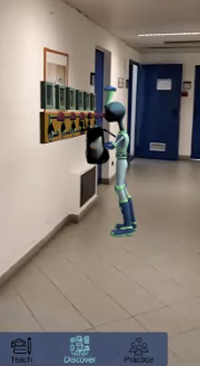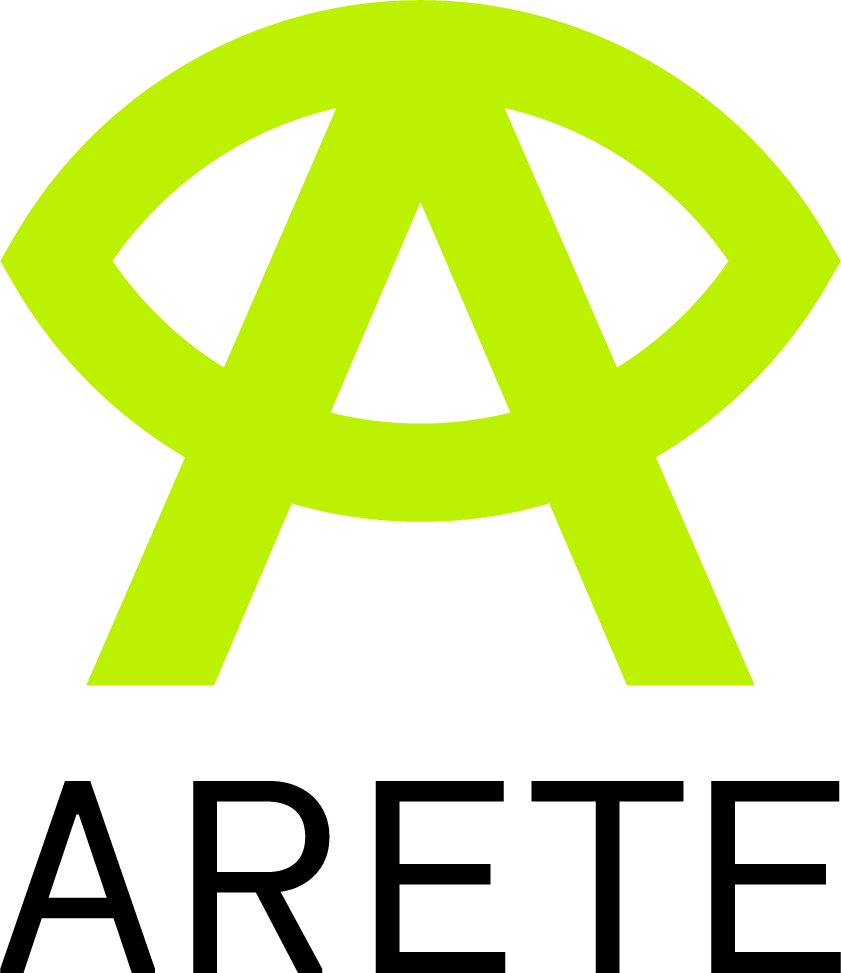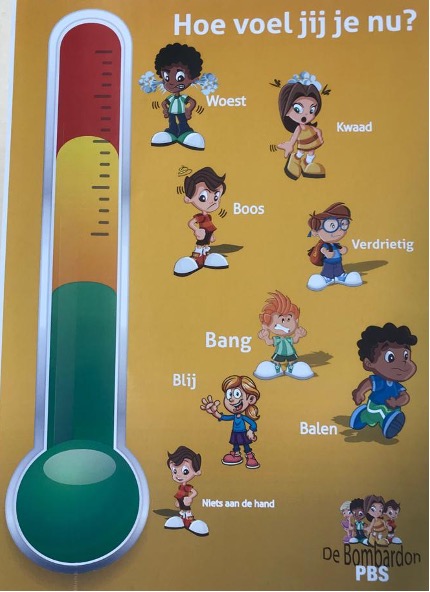Kickstart of the second round in PBIS-AR study and show casing the newly developed Augmented Reality application

Pilot 3 studies the (potential beneficial) effects and differences between PBIS behavioural lessons complimented with an augmented reality (AR) application, compared to a control group: PBIS behavioural lessons without AR (non-AR condition). In last year’s round (year ‘21-’22), schools in Italy and The Netherlands participated in the non-AR control condition. The new Augmented Reality application was developed after extensive development and hard work, by the Italian team members from the National Research Council in Italy (CNR).
Team members of Vrije Universiteit (VU) in The Netherlands meanwhile worked on the implementation of the app and further extensive preparation was carried out to for the kickstart of the new study phase, consisting of approximately 10 schools. This second round aims to study PBIS behavioural lessons including a newly developed AR application, which the participating teachers and students will be using within the upcoming weeks.
So what is this AR application about? How does it work? And how will it be used / implemented?
About the app:
The application tells a short story about an alien called ARPRO, that comes to visit planet Earth. ARPRO joins students at their schools, where he needs to learn how to behave properly. In a playful and interactive way he learns appropriate manners together with the pupils, specifically about desirable and undesirable behaviour. This learning is done through 3 different modes in the application:
- To teach the pupils what the desired behaviour is, by showing examples
- To test what the pupils have learnt, by reflecting situations/scenarios
- To practice appropriate behaviour, using interactive tasks.
Examples of situations which ARPRO may encounter at the school with pupils and teachers, are demonstrated in pre-programmed so called ‘scenarios’. In such a scenario ARPRO behaves in either an appropriate or inappropriate way with respect to others, tasks and/or materials around him. Examples which are displayed through animations, show correct behaviour using projected Augmented reality in classroom/school settings. Second, students are asked to reflect on the displayed situations and pupils are able to work (practice) interactively on tasks within the application (more on this in the following paragraph). Last but not least, the teachers are given an additional editor app in which they are able to create specific scenarios themselves, to fit them to their specific needs and lessons.
Showcasing the Augmented Reality Application - The day all teachers have been waiting for.

In October, round 2 of Pilot 3 started off with a training day for all participating teachers of each participating school. During an afternoon the application was showcased by the Italian and Dutch team members, while teachers were shown all the possibilities with applications.
Teachers learned how to work with the AR-PBIS app, how different scenario’s are played and what it looks like in real-time. In this way teachers got the chance to get acquainted using specific, lesson-based implementation of the scenarios.
A wide range of different scenarios are available to choose from, for example:
- ARPRO storing it’s belongings on the coat rack;
- running down the hallway while bumping into others;
- or (properly) greeting the school’s principle and others.
These different scenarios allow the pupils (and teachers) to reflect on different types of behaviours by presenting a question on the screen about the appropriateness of the displayed action. A set of possible answers is presented consisting of a good answer, partially good answers and a wrong answer. Students work in pairs to choose an appropriate suggested behaviour, after which a certain amount of points can be earned. These points may later result into earning medals and a score board shows the top 3 student pairs who performed best on all different reviewed scenarios so far.
In a more interactive game mode the pupils can perform tasks together in alternating turn, like tidying up their work space by cleaning a messy drawer or effectively take out only needed items from the drawer for a specific class.
What is next?
After all participating schools are instructed, trained and provided with all the hardware, they will start the behavioural AR lessons within the upcoming weeks.
But what do the teachers think about the PBIS lessons developed by the ARETE team and how do they evaluate last year’s study? And why do we expect positive results from this AR application in addition to PBIS lessons? More on this in the next blogpost!
SVU team (Bernard de Roosz, Rochelle Hurenkamp, Lara Engelsman & Sui Lin Goei)



